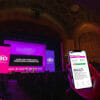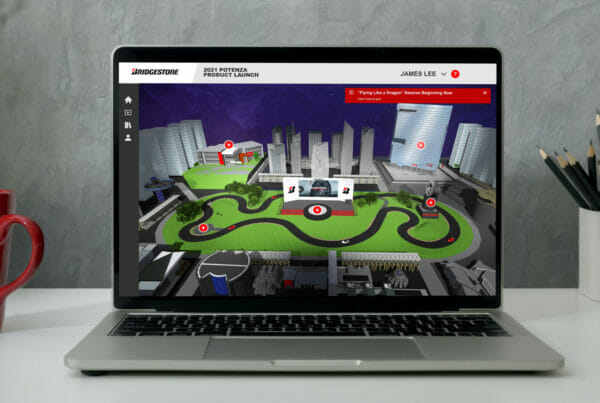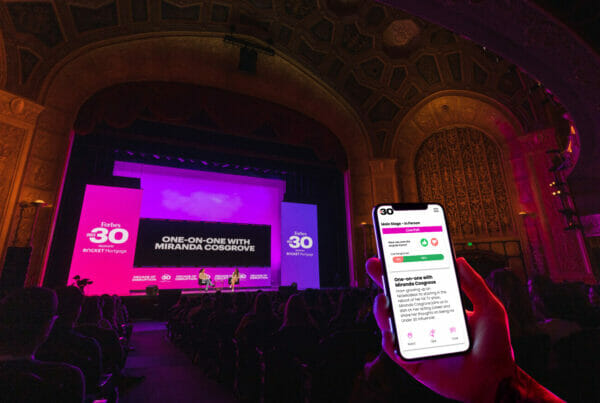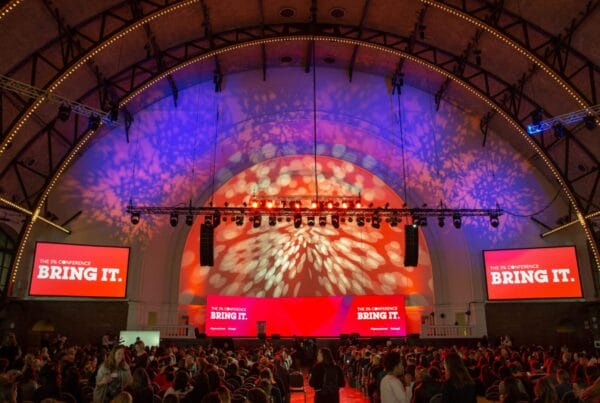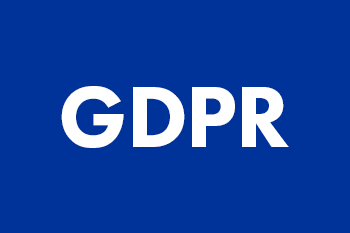Branded pop-ups aren’t a new thing, but they’re certainly more popular now than ever. They offer many brands a fresh new vehicle for marketing, and entrepreneurs are benefiting from the ability to open shops with little commitment to test the waters. Pop-ups open up channels for additional revenue, customer acquisition, and provide an opportunity to capture content to fuel social channels. Best of all they create unique experiences for customers to consume — something today’s customers are all searching for.
Why else are customers seeking out pop-ups? According to a poll commissioned by PopUp Republic, the following responses made it to the top of the list:
- Finding seasonal products – 61%
- Finding unique products – 39%
- Shop locally – 36%
- Benefit from great pricing – 34%
- Convenience – 33%
- A fun and unique experience – 30%
With all of that in mind we want to spend some time dissecting the anatomy of a pop-up. What goes into creating them? What aspects are most important? Are some more important than others? Below we outline some of the key elements of a pop-up and their importance to the mix.
Outcome: This is first on the list for a reason, and so important that we’ll discuss this in more detail in a separate post. For now we just want to call out that starting with the desired outcome is critical for success. A pop-up that’s designed purely as a stunt, whether to drive social chatter or as a means to create media, will look much different than a pop-up that’s intended to put a spotlight on seasonal products and move inventory. As Stephen Covey wrote, begin with the end in mind.
Location: Where you place your pop-up is about equally as important as deciding on the desired outcome. In fact, they’re tightly interrelated. Consider the example of 37.5 Technology opening the Cliffside Shop. Opening shop on the side of a mountain is hardly a good location if your goal is throughput and moving inventory. As a means to create marketing content, catch media placement, and share something new and interesting with a target market, it’s spot on.
Timing: Given that one tactic for pop-ups is to promote and move seasonal products, timing seems to be an important part of the mix. But what about for other concepts and desired outcomes? There have been plenty of pop-ups activated around pop-culture themes, including ties to the launch of tv series, or movie releases. Others are based around cultural attractions, tied to events like Fashion Week, Coachella, or the SuperBowl. In any of these scenarios, timing is critical to the success. That’s not always the case though. Some pop-ups are created to activate anywhere and don’t necessarily rely on another event. Take this pop-up for Hunter Boots as example.
Creative: Once you’ve laid out the what, where, and when, the fun really begins. The creative treatment for a pop up, and creativity around the concept, can make it or break it. This is especially true when you’re targeting a specific audience. Will all creative treatments appeal to everyone? No, certainly not. But knowing your target audience will certainly help drive your concepts toward an idea that will connect with those who matter. Take the Pantone Cafe, a boutique pop-up restaurant that has now made a few appearances. While all can enjoy what this little cafe has to offer, it likely resonates much deeper with those in design fields.
Staffing: Not all pop-ups require staffing. Some are meant to be hands on self-explored activations that leverage technology to help tell a story. These are typically the pop-ups found inside retail locations — such as the Google and Amazon mini-stores located within Best Buy, but can also be found installed in high traffic areas such as malls, subways, or in city storefronts. Most do require some type of staffing though. Many of our previous examples did. The Cliffside Shop, The Pantone Cafe, the Diesel Store, even the Pink Holiday shop. Google had a great pop-up donut shop supporting the release of Google Home Mini that blended a technology-forward experience with staff to support. The point we wanted to make here is that staffing is part of the experience, and treated with a bit of theatre can help to elevate the way your customers experience your brand.
Technology: The beauty of the pop-up experience is in its flexibility. They can be rooted in art, culture, entertainment, fashion, interests, and any number of other factors. Because it can rely on so many other factors, technology isn’t a required element. In some situations, it may just make sense that there is technology intertwined (Samsung, Apple, Google come to mind). In other scenarios, tech may provide some added benefits or become part of the creative treatment and for others, there may be a beauty in the analog nature of the design. We often see technology used as part of the creative treatment, to create something new and unexpected.
These are the six elements we see most critical to creating a pop-up experience. In order of their importance to crafting something magical. Some may argue for creative / creativity to be higher on the list, but we like to lead with strategy — in this case defining the outcome, location, and timing before anything else. As mentioned earlier we’ll continue this series looking deeper into the desired outcomes of pop-up activations and how they can drive the creative process.
In the meantime, if you’d like to chat, reach out below!




